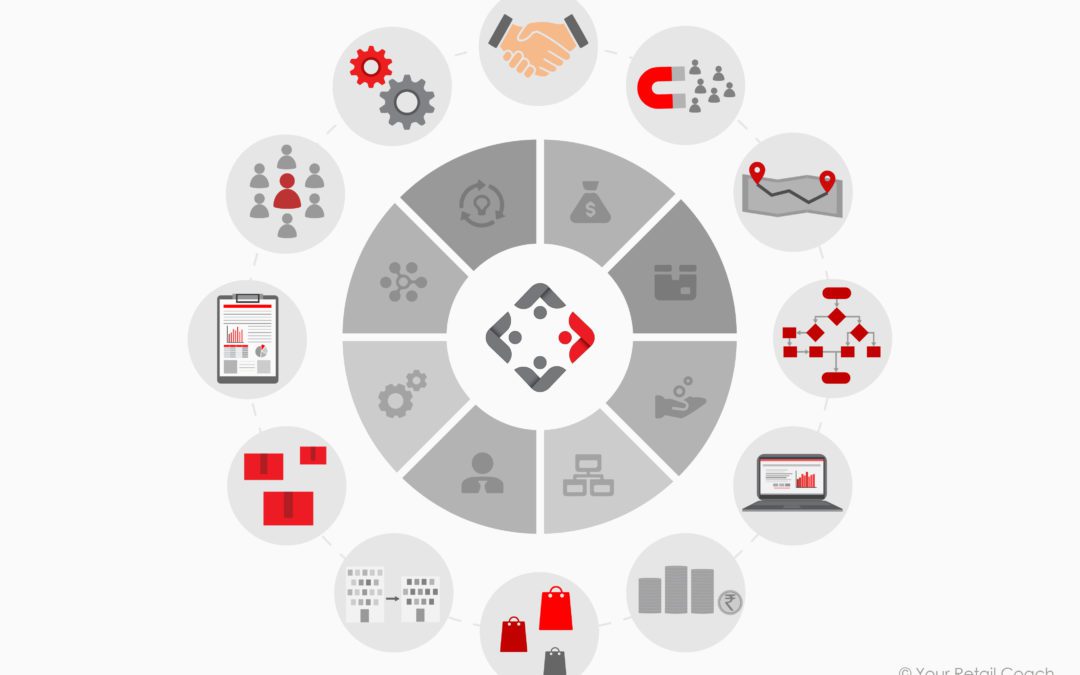Reading Time: 4 Minutes 20 Seconds
The topic of business models under eCommerce cannot be proceeded with without first answering ‘what is eCommerce’. Or maybe we should at least agree on a comfortable notion of eCommerce as it has evolved to be.
Ecommerce, standing for electronic commerce, to be understood clearly in its first place must be read as internet commerce. Any trading or commerce or buying/selling/exchange primarily taking place over an online platform or the internet (so-called electronically), is the essence of eCommerce. For example, right now, you are reading/hearing this piece of content over the web. Had this content been a paid one and if you had the subscription, it would have qualified as eCommerce where you get access to the periodical publications against a subscription fee (trading taking place between two entities over the internet). But on the contrary, the daily newspaper that is delivered to your doorstep and you make the monthly payment in cash to the agency representative, does not qualify as eCommerce because there is no primary involvement of the internet or any electronic medium in the exchange process.
For a trade to qualify as eCommerce, the nature goods or services being traded does not matter; what matters is that two trading entities are primarily using the internet (an electronic medium) to facilitate their trading.
Most intuitively, eCommerce is viewed as online businesses selling goods and services to end customers. But more precisely, eCommerce is only a medium between two trading entities facilitating the exchange of goods, services, and consideration.
The underlying essence of the traditional business models has remained the same. If earlier you were selling home-made pastries in your neighbourhood by taking telephonic orders, now, with eCommerce, you do that through your website (over eCommerce/using the internet/electronically).
In this article, we shall discuss the key eCommerce business models or to put it more precisely, the four conventional business models in the light of eCommerce.
1. Business to Consumer (B2C)
2. Business to Business (B2B)
3. Consumer to Business (C2B)
4. Consumer to Consumer (C2C)
Business to Consumer (B2C)
Business to Consumer model is one in which businesses sell goods/services directly to the individual consumer of the product or service. It is one of the most widely-used business models. Any product that you buy directly from an e-store – be it clothes, furniture, groceries or even insurance – is considered to be a B2C eCommerce transaction.
Some examples of B2C include Myntra and Uber. Myntra is a product-based B2C model whereas Uber is a service-based model. Both of these allow customers to interact with their offerings through a simple internet-driven web or mobile-based interfaces. Placing orders, bookings, payments, etc. can be made based on the customers’ preferences and convenience.
Business to Business (B2B)
In a B2B model, transactions occur between two business entities. For example, a weaver sells fabric to a garment-maker, who sells it to a wholesaler in bulk quantities. The wholesaler then distributes it among retailers. Each of these is a B2B model.
For example, PayPal offering payment solutions to businesses around the world is an example of B2B in action. An online payment facilitator need not be an eCommerce B2B by default. It will qualify as an eCommerce B2B when it offers its services online to businesses and businesses, in return, can avail of these services online. Thus, the primary buying and selling of services need to take place electronically over the internet to be qualified as eCommerce.
Let us take another example. Conventionally, businesses had to visit the bank branches to execute their current/trading account transactions. Nowadays, businesses can open bank accounts online, make and receive payments online, avail overdraft online, etc. Such online facilitation of services makes present-day banks and financial institutions eligible to be qualified under business to business eCommerce.
Consumer to Business (C2B)
The consumer to business model has gained popularity in the last few decades, wherein individuals sell products or services to companies. This kind of arrangement is usually facilitated through websites/apps that allow individuals to provide services to businesses.
Freelancing would be a good example of the eCommerce C2B model at work where individuals provide services to seeking clients/businesses and all the trading/exchange takes place over the internet. The internet has allowed individuals and businesses around the world to work with each other.
Consumer to Consumer (C2C)
Again, thanks to the internet, that you and I could get rid of that old television set or unused furniture by selling it off on OLX or any other similar platform. This trading/exchange takes place over the internet between individual consumers. Even freelancing could be C2C sometimes. There may or may not be a facilitating third party platform involved.
Businesses operating on the C2C model allow customers to connect without any formal business set up. The objective of the C2C business model is to facilitate buyers and sellers to locate one another and trade. A major challenge in this model lies with the standards of quality. Many service providers are often seen laying down certain benchmarks, rules, and processes to prevent the interests of both buyers and sellers. One big advantage with eCommerce C2C is that the individual consumers get access to products and services otherwise left out by businesses.







